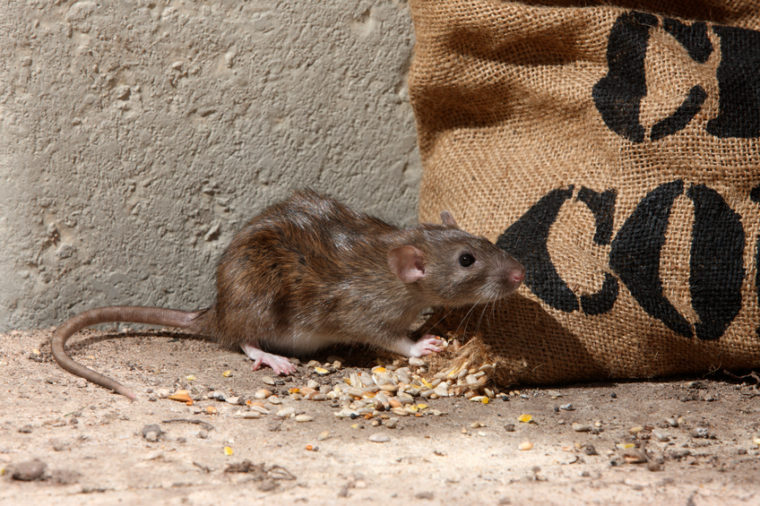Written by Dr Ibne Ali through extension of Imam Hussain Institute of Tropical Animal Husbandry IHITA
Controlling rats in a poultry farm is crucial due to the potential for disease, feed contamination, and structural damage.

Here’s a concise plan of action:
*1. Sanitation:*
– Keep the farm clean. Regularly remove waste and spilled feed which attract rats.
– Ensure feed is stored in secure, rodent-proof containers.
– Maintain proper disposal systems for dead birds.
*2. Rat-Proofing (Exclusion):*
– Seal any holes or gaps larger than 0.25 inches in the farm buildings.
– Use rodent-proof materials like metal flashing or hardware cloth for repairs.
*3. Trapping:*
– Set up snap traps or live traps near identified rat activity areas. Check and reset traps daily.
– For live trapping, release the rats far from the farm to prevent their return.
*4. Baiting with Rodenticides:*
– Use rodenticides cautiously and follow label instructions to prevent accidental poisoning of poultry or non-target wildlife.
– Place bait stations near rodent burrows, walls, and secluded areas where chickens cannot reach.
*5. Natural Predators:*
– Encourage the presence of natural rat predators like barn owls by installing owl boxes.
*6. Constant Monitoring:*
– Regularly check for signs of rodent activity such as droppings, gnaw marks, or greasy rub marks.
– Maintain a regular schedule for inspecting the integrity of the farm structures.
*7. Farm Management:*
– Manage vegetation around farm buildings to avoid providing shelter for rats.
– Avoid creating habitats for rats with piles of unused equipment or debris.
*8. Professional Help:*
– If the problem seems unmanageable, consider hiring a professional pest control service to assess and address the issue.
*9. Regulations and Safety:*
– Always follow local regulations regarding pest control and ensure the safety of farm workers when handling rodenticides or traps.
*10. Ongoing Education:*
– Train farm staff on proper sanitation, signs of infestation, and the correct use of traps and baits.
Implementing these measures in an integrated and consistent manner can help control the rat population on a poultry farm effectively.








